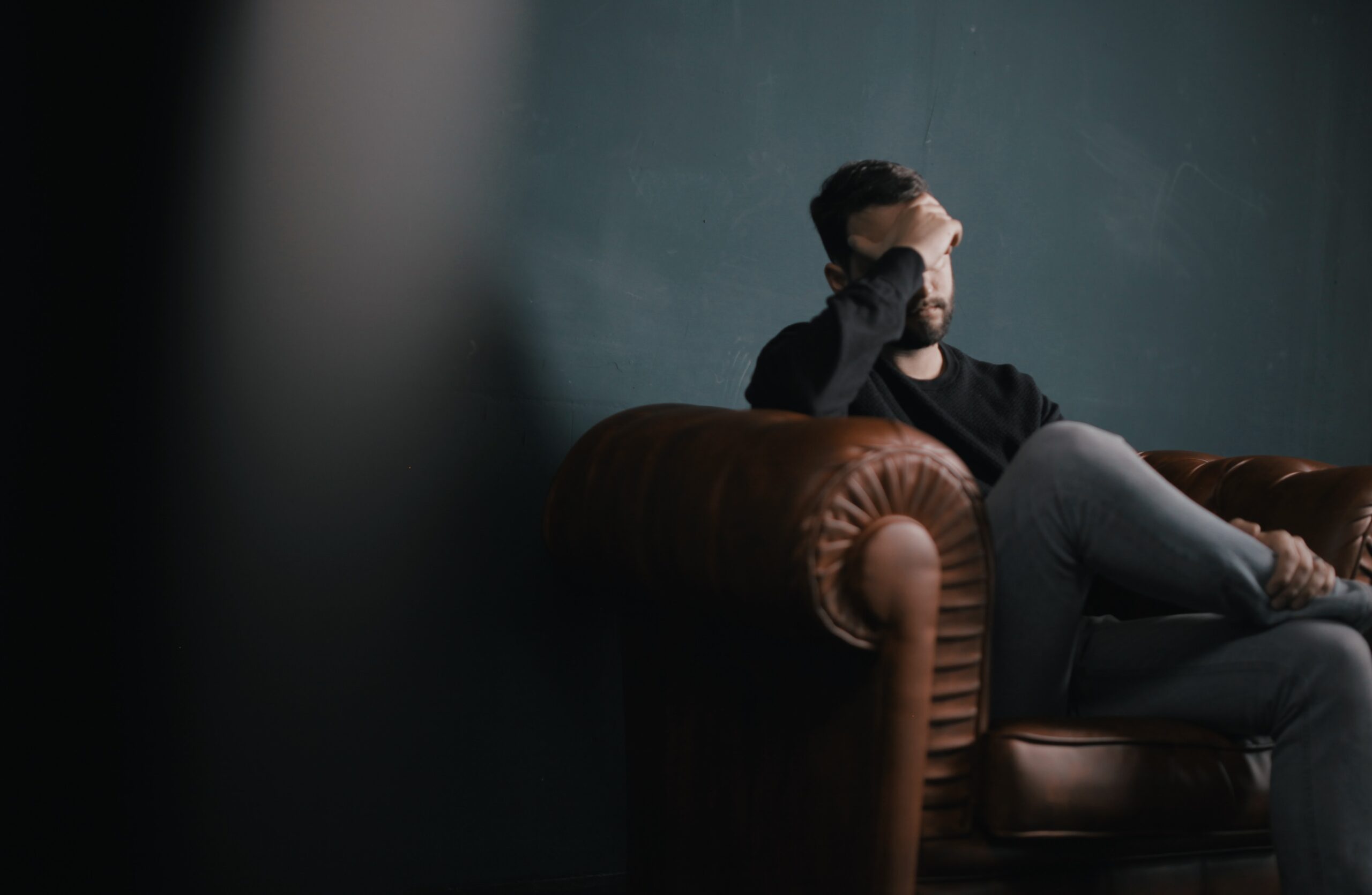Experiencing discomfort in the groin can initially be concerning, but it’s often not indicative of a serious health condition. The causes of groin pain are multifaceted, varying based on factors such as gender, lifestyle, and age. Fortunately, in numerous cases, this discomfort resolves on its own with time and appropriate care. This comprehensive guide unpacks common sources of groin pain and offers valuable insights into alleviation methods and preventative actions.

Men’s Groin Discomfort: Common Triggers and Solutions
For men, groin discomfort can often be linked to lifestyle activities. Over-exertion during weightlifting or intensive exercise can lead to a groin strain, whereas a sedentary lifestyle can result in weakened muscles, also contributing to discomfort. Over-indulgence in sexual activity can likewise lead to groin pain. While these causes are not severe and can typically be remedied by lifestyle adjustments, it’s crucial to pay attention to persisting pain.
A more serious cause of male groin discomfort could be an inguinal hernia. If your groin pain is accompanied by a bulge on one side, or if you experience a burning and aching sensation, it might be indicative of this condition. It’s important to seek immediate medical attention if you suspect you have an inguinal hernia.
Groin Issues Specific to Women
While the causes of this discomfort largely align between men and women, women are less likely to experience an inguinal hernia. In women, groin discomfort is most frequently caused by muscle strains. However, underlying conditions such as ovarian cysts, urinary tract infections, or osteoarthritis can also cause groin discomfort.
Pain during pregnancy is fairly common and generally not a cause for concern. However, if this discomfort is accompanied by faintness or an unusually fast heartbeat, it could indicate low blood pressure, warranting immediate medical consultation.
Groin Discomfort in the Elderly
As we age, experiencing discomfort in various parts of the body, including the groin, becomes more common. In the elderly, enlarged lymph nodes can cause infections in the legs, joints, and hips, leading to discomfort during movement. Age also increases susceptibility to pulled muscles, and the pelvic muscle is no exception. Furthermore, urinary tract infections, which can cause groin discomfort, also become more common with age.
Alleviating and Preventing Groin Discomfort
In the majority of cases, groin discomfort resolves on its own with time. The healing period can range from a few days to several months, depending on the cause and the severity of the injury. If you’re aware of the activity that led to your groin pain, it’s essential to stop that activity and rest.
For more severe discomfort, using an ice pack can help reduce pain and swelling. Apply the ice pack for ten-minute intervals to avoid skin damage. It’s also wise to refrain from strenuous activities, focusing instead on rest and muscle care. Over-the-counter pain medication such as ibuprofen can provide temporary relief.
In Conclusion
While discomfort the can be distressing, it’s often treatable at home. Men and women usually share similar causes for groin pain, although there are a few exceptions. Elderly individuals, however, may experience more severe issues. Rest and over-the-counter painkillers typically provide relief. However, should the discomfort persist or become severe, seek medical attention promptly.
Contributed Content


